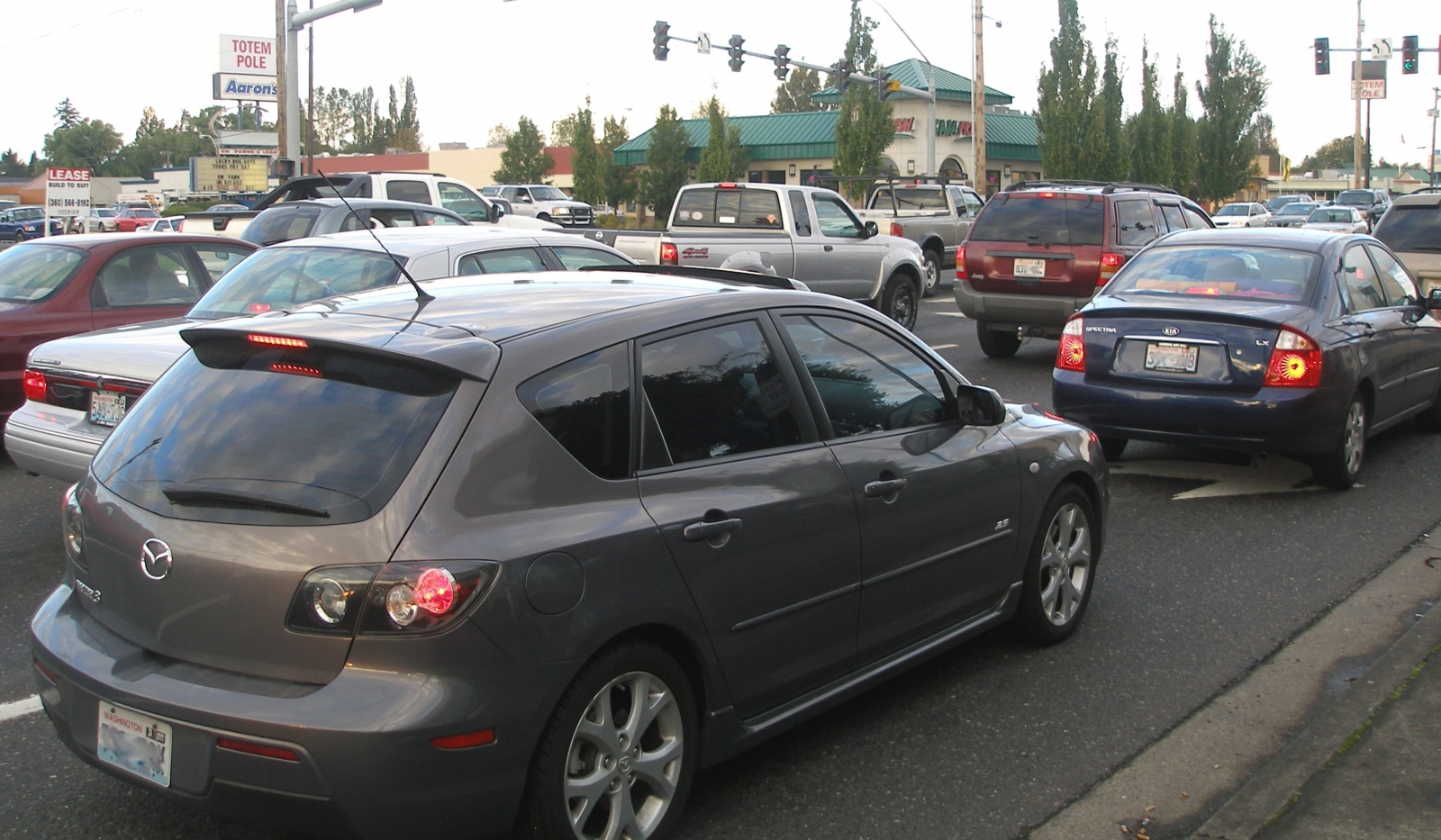Public Works administers a congestion and safety management system commonly referred to as concurrency.
Services related to safety
- Pedestrian crossing treatment policy
- School zone traffic control policy
- Systemic Safety Improvement Program Final Report
- Clark County Pedestrian Crossing Prioritization Program Final Report
- Transportation Safety Management Program Final Report
Services related to concurrency
Public Works provides a variety of services related to concurrency, including:
- Pedestrian crossing treatment policy
- School zone traffic control policy
- Reviewing development requests for congestion and safety management, including modeling traffic conditions, requiring traffic improvements (mitigation) and crafting policy and ordinance changes.
- Negotiating and administering development agreements, including frontage and off-site improvements, reserving future road capacity (trips) and related issues.
- Researching projects and crafting programs, including putting together a program for projecting future accident probability for new development based on actual crash history, correlated with intersection geometry and traffic volumes.
-
Clark County Code, 40.350.020, Transportation Concurrency Management System
Concurrency evaluations
Subdivisions, short plats, site plans and conditional use permits are subject to concurrency evaluation as part of the development review process.
Computer modeling can be used to assess the effect a project would have on traffic congestion, taking into account other developments that have been approved but not yet built and transportation improvements that have been funded but not yet constructed.
Small projects
Development requests that would create fewer than 10 afternoon peak hour trips only need to submit a traffic profile form (PDF). Typically, no professional assistance is required to complete this form. Please submit this form as part of your land use application to Clark County Community Development.
Large projects
Professional assistance from a traffic engineer is usually necessary for projects that would create 10 or more afternoon peak hour trips because a traffic study will be required. The county requires traffic studies to have a professional engineer stamp to be accepted.
Background
A congestion management program has been required since the Washington Legislature passed the Growth Management Act in 1990. Under state law, roads must be able to handle traffic created by a new development for that project to receive approval.
Specifically, the law states that "local jurisdictions must adopt and enforce ordinances which prohibit development approval if the development causes the level of service on a locally owned transportation facility to decline below the standards adopted in the transportation element of the comprehensive plan."
Revised Code of Washington RCW 36.70A.070(6)(b)
